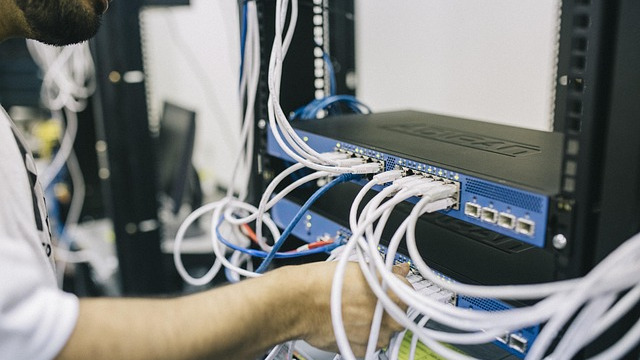
Understanding the AI Bandwidth Boom: A New Era for Connectivity
The rise of artificial intelligence (AI) is not only transforming how data centers operate but is also ushering in a significant shift in network connectivity. According to recent surveys by Heavy Reading, a global analysis company, the need for enhanced bandwidth driven by AI workloads marks a new chapter for communications service providers (CSPs) and investors alike.
Data Centers: The Engine of AI Growth
This year, the demand for Graphics Processing Units (GPUs) has soared, with organizations like Lumen predicting clusters may reach 300,000 GPUs—potentially escalating to a million by 2026. This growth points to the mega-sized data centers that are anticipated to emerge by 2028. Such development will dramatically elevate energy consumption and the overall computational capacity required by AI systems.
The Role of Connectivity in AI Operations
As AI data centers proliferate, CSPs are recognizing that robust connectivity is essential to accommodate surging AI-driven WAN traffic. In particular, the survey indicated a substantial uptick in traffic from metro and long-haul networks, with 18% of CSPs expecting AI to dominate metro traffic within three years, and 29% forecasting it will lead in long-haul communications.
New Challenges and Opportunities for CSPs
Furthermore, the location of these data centers is evolving. The demand for reliable energy resources necessitates new fiber routes, as many of these centers are situated outside traditional Tier 1 markets. Consequently, CSPs must adapt and expand their infrastructures to meet these emerging connectivity needs, often involving partnerships with new regional entities.
The Surge in Enterprise AI Traffic
Interestingly, enterprise users are poised to become the largest traffic drivers in the CSP landscape over the next few years. With a reported 74% of respondents anticipating enterprises will generate the most network traffic, the implications for private equity investors in broadband infrastructure funding become clear: significant opportunities exist in funding initiatives that bolster connectivity solutions tailored to enterprise demands.
Final Thoughts: What This Means for Investors
In light of these rapidly evolving demands, the telecommunication sector stands at a pivotal juncture. Investors and stakeholders in broadband infrastructure, private equity in fiber networks, and those keen on tracking M&As in the ISP sector should keep a watchful eye on how these changes unfold. The push for more distributed designs, enhanced funding initiatives, and strategic growth offers a fertile ground for investment, particularly with increased rural broadband initiatives and public-private partnerships.
 Add Row
Add Row  Add
Add 




Write A Comment